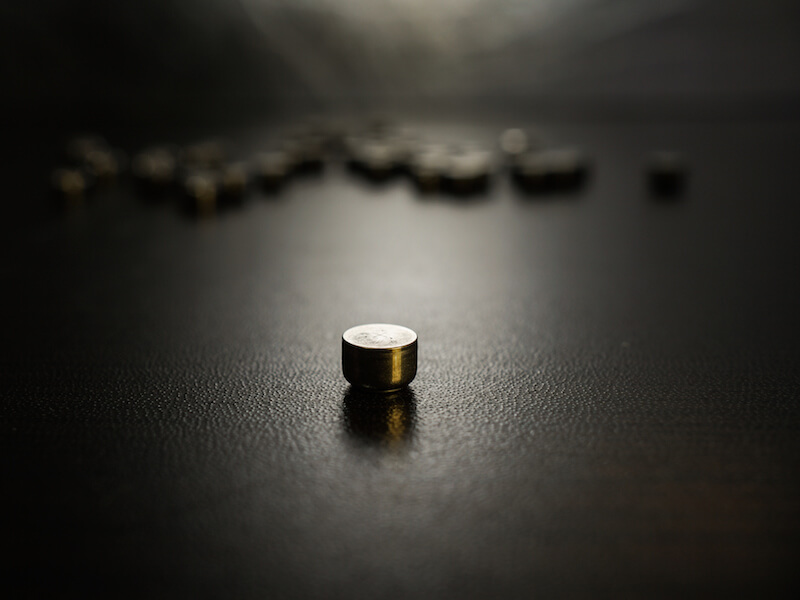From phones to cameras to music players, how we power our electronics has advanced. A powerful, rechargeable hearing aid battery is finally realizing the hopes of hearing aid makers to replace the outdated disposable power sources of the past.
Size 312 batteries are the most common of the disposable batteries that have traditionally been used to power hearing aids. The most prominent form of this battery, now, is “zinc-ion”.
The Drawback to Disposable Hearing Aid Batteries
As the name would imply, a zinc-air battery is affected by the presence of air. The user has to tear a small tab off the back of a 312 zinc-air battery to activate it.
They will begin losing power as soon as they are fully oxygenated. So the power is depleting even if the user isn’t actively using it.
Most users consider the duration of life to be the biggest disadvantage of disposable batteries. Some reports have estimated the average life expectancy of a size 312 disposable battery to be between 3 and 12 days, which means users could switch out their batteries about 120 times per year.
That also means users may need to buy 120 batteries, spend the time twice a week to replace them, and correctly dispose of each. That’s most likely over $100 in batteries from a cost perspective alone.
Rechargeable battery Improvements
Fortunately, for hearing aid users in search of another alternative, there have been significant developments to rechargeable hearing aids that now make them a viable choice.
Studies have shown that most people overwhelmingly prefer to use rechargeable hearing aids. Previously, these models were not practical because they didn’t hold a charge long enough. However, recent advancements now facilitate an entire day of use per charge.
Rechargeable batteries won’t save users substantial amounts of money, but they will improve their quality of life.
In addition to providing 24 hours of charge time, these new models result in less frustration for the user, since there’s no more changing and correctly disposing of batteries. They simply need to put the battery on the charger.
A disposable battery nearing the end of its life simply can’t operate at full power. And you can’t tell how near the battery is to failing. As a result, users risk putting themselves in a position where their battery might die at a critical time. Not only is this a safety concern, but users may miss significant life moments due to a dead battery.
Types of Rechargeable Hearing Aid Batteries
Rechargeable batteries come in a number of different materials, each offering distinct advantages. The ability to maintain a charge for 24 hours is one reason why integrated lithium-ion batteries are one practical option that manufacturers supply. And smart-phones are powered by this same kind of battery which might be surprising.
Silver-zinc technology is another material used for today’s rechargeable hearing aids. Originally, these innovative batteries were manufactured for Nasa’s moon missions. With this technology, even your current hearing aids can probably be updated to run on rechargeable batteries. Just like lithium-ion, silver-zinc can also produce enough power to last you for a full day.
There are also models that let you recharge the hearing aid without removing the battery at all. During the night, or at some other time when the hearing aid is not being used, the entire hearing aid can be put right into the charger
Whichever solution you decide on, rechargeable batteries will be substantially better than disposable batteries. You just need to do some research to determine which solution is ideal for your needs.
If you’re searching for more information about hearing aid technology or how to select the best hearing aid to satisfy your needs, we encourage you to take a look at our hearing aids section.
